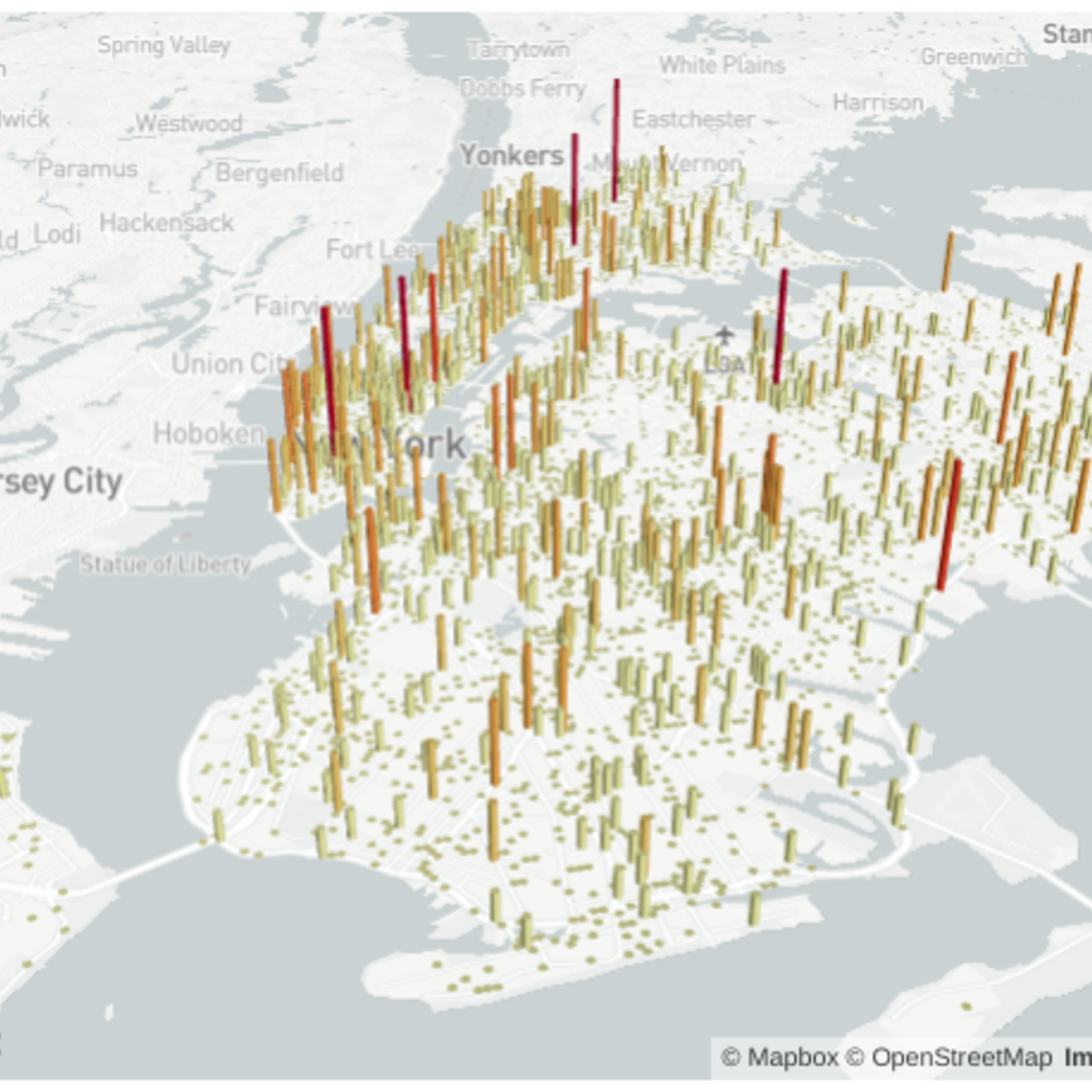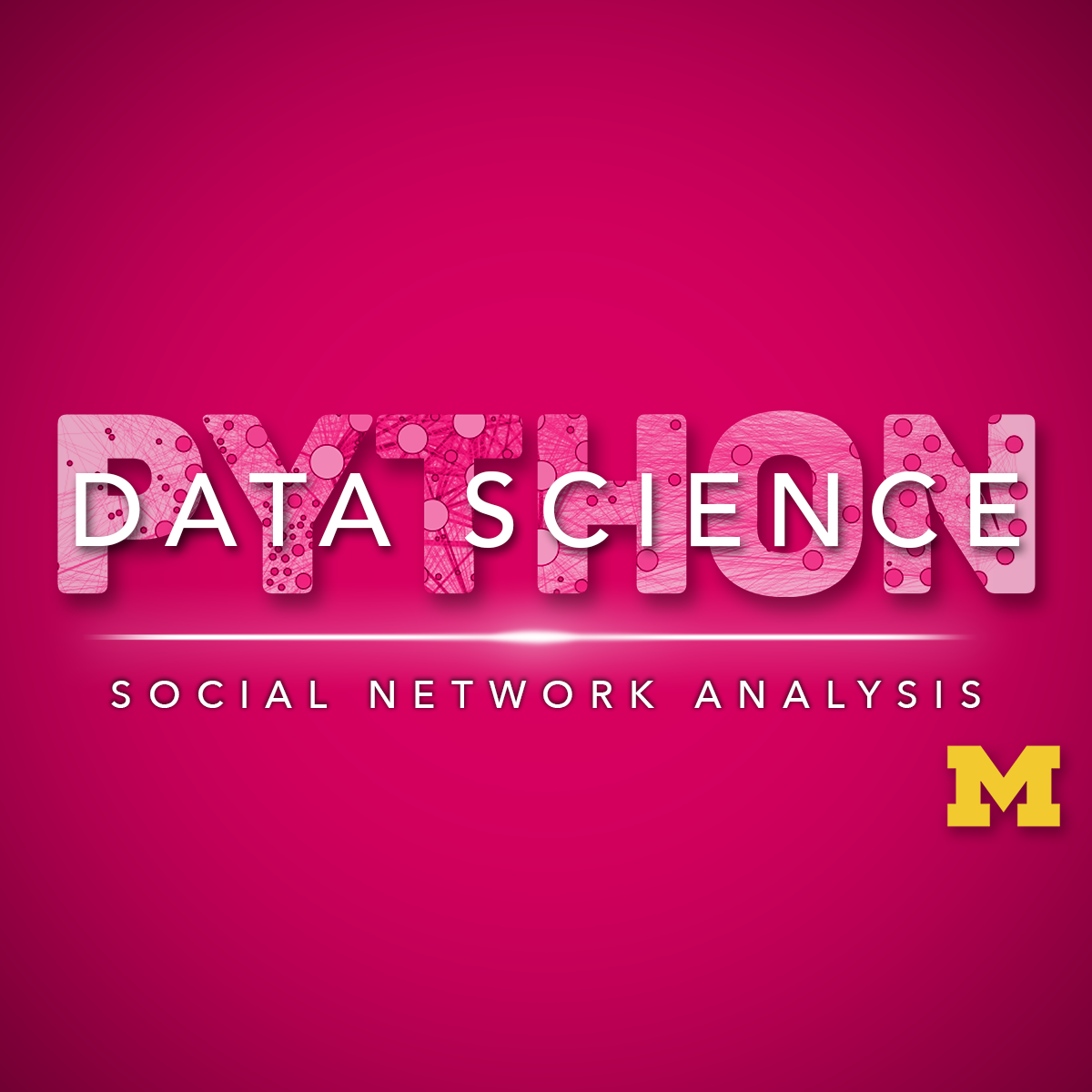Back to Courses









Software Development Courses - Page 84
Showing results 831-840 of 1266

Google Workspace Admin: Managing Applications
This is a Google Cloud Self-Paced Lab. In this lab, you will learn how to create an organizational unit structure and configure applications based on organizational units (OUs).

Build a Data Science Web App with Streamlit and Python
Welcome to this hands-on project on building your first data science web app with the Streamlit library in Python. By the end of this project, you are going to be comfortable with using Python and Streamlit to build beautiful and interactive web apps with zero web development experience! We are going to load, explore, visualize and interact with data, and generate dashboards in less than 100 lines of Python code!
Prior experience with writing simple Python scripts and using pandas for data manipulation is recommended.
Note: This course works best for learners who are based in the North America region. We’re currently working on providing the same experience in other regions.

Building High Quality User Experience Using Material UI
A user experience is built upon a user’s experiences and interactions with a product, system, or service. Providing high quality digital experiences in a web application involves writing CSS codes which focus on display, navigation, actions, input, and communication. However, CSS has its own set of challenges which can be addressed using Material UI design library.
This course will enable you to use CSS-in-JS and work with design systems like Material UI to quickly develop high quality React applications.

Java Programming: Solving Problems with Software
Learn to code in Java and improve your programming and problem-solving skills. You will learn to design algorithms as well as develop and debug programs. Using custom open-source classes, you will write programs that access and transform images, websites, and other types of data. At the end of the course you will build a program that determines the popularity of different baby names in the US over time by analyzing comma separated value (CSV) files.
After completing this course you will be able to:
1. Edit, compile, and run a Java program;
2. Use conditionals and loops in a Java program;
3. Use Java API documentation in writing programs.
4. Debug a Java program using the scientific method;
5. Write a Java method to solve a specific problem;
6. Develop a set of test cases as part of developing a program;
7. Create a class with multiple methods that work together to solve a problem; and
8. Use divide-and-conquer design techniques for a program that uses multiple methods.

Applied Social Network Analysis in Python
This course will introduce the learner to network analysis through tutorials using the NetworkX library. The course begins with an understanding of what network analysis is and motivations for why we might model phenomena as networks. The second week introduces the concept of connectivity and network robustness. The third week will explore ways of measuring the importance or centrality of a node in a network. The final week will explore the evolution of networks over time and cover models of network generation and the link prediction problem.
This course should be taken after: Introduction to Data Science in Python, Applied Plotting, Charting & Data Representation in Python, and Applied Machine Learning in Python.

Google Cloud Pub/Sub: Qwik Start - Python
This is a self-paced lab that takes place in the Google Cloud console.
In this lab, you learn about Pub/Sub and how to create a topic and subscriber with a Python script, and then publish and view messages. Watch the short video Simplify Event Driven Processing with Cloud Pub/Sub.

Manage Your Versions with Git (Part II)
This 1.5-hour project-based course is the second part of "Manage Your Versions with Git". In this course, you will learn about branching, merging and remote repositories. At the end of this class, you will be able to collaborate with other developers all over the world using Git.
No specific coding experience is required but completion of Part I of this course is strongly recommended. Basic software development experience would be highly beneficial.

Object-Oriented Python: Inheritance and Encapsulation
Code and run your first python program in minutes without installing anything!
This course is designed for learners with limited coding experience, providing a solid foundation of not just python, but core Computer Science topics that can be transferred to other languages. The modules in this course cover inheritance, encapsulation, polymorphism, and other object-related topics. Completion of the prior 3 courses in this specialization is recommended.
To allow for a truly hands-on, self-paced learning experience, this course is video-free. Assignments contain short explanations with images and runnable code examples with suggested edits to explore code examples further, building a deeper understanding by doing. You'll benefit from instant feedback from a variety of assessment items along the way, gently progressing from quick understanding checks (multiple choice, fill in the blank, and un-scrambling code blocks) to small, approachable coding exercises that take minutes instead of hours.

Introduction to MongoDB
This course will get you up and running with MongoDB quickly, and teach you how to leverage its power for data analytics.
We'll start by mastering the fundamentals of MongoDB, including MongoDB’s Document data model, importing data into a cluster, working with our CRUD API and Aggregation Framework. These topics will be taught through a demo application which will give you a great first encounter of how simple and practical it can be to build applications with MongoDB.
In addition to these essential topics, you will also learn and work with useful MongoDB tools and services. You will work with Atlas, MongoDB's database as a service, MongoDB Compass, a schema visualization tool, as well as many other useful command-line utilities.

Facial Expression Classification Using Residual Neural Nets
In this hands-on project, we will train a deep learning model based on Convolutional Neural Networks (CNNs) and Residual Blocks to detect facial expressions. This project could be practically used for detecting customer emotions and facial expressions.
By the end of this project, you will be able to:
- Understand the theory and intuition behind Deep Learning, Convolutional Neural Networks (CNNs) and Residual Neural Networks.
- Import Key libraries, dataset and visualize images.
- Perform data augmentation to increase the size of the dataset and improve model generalization capability.
- Build a deep learning model based on Convolutional Neural Network and Residual blocks using Keras with Tensorflow 2.0 as a backend.
- Compile and fit Deep Learning model to training data.
- Assess the performance of trained CNN and ensure its generalization using various KPIs.
- Improve network performance using regularization techniques such as dropout.
Popular Internships and Jobs by Categories
Browse
© 2024 BoostGrad | All rights reserved


